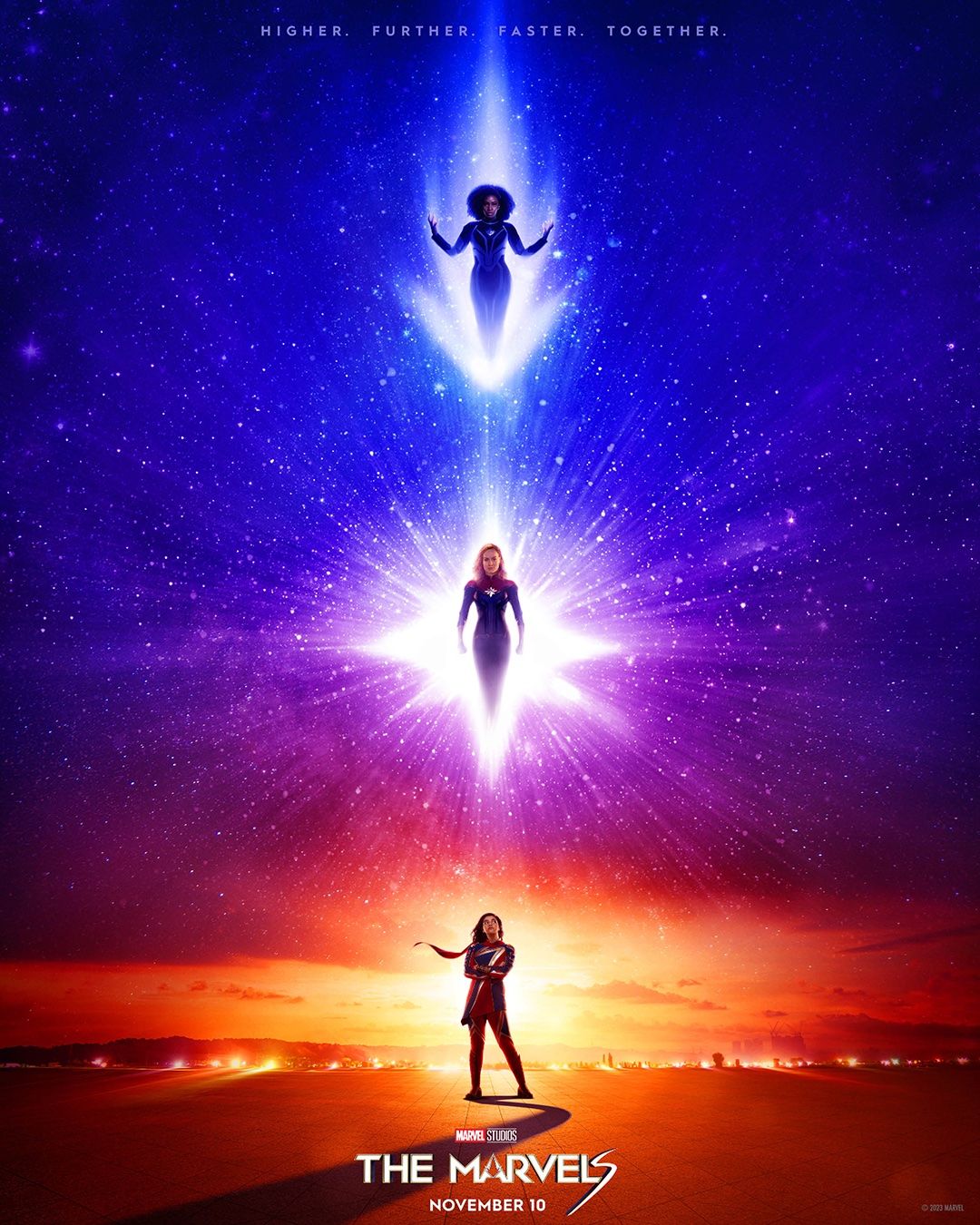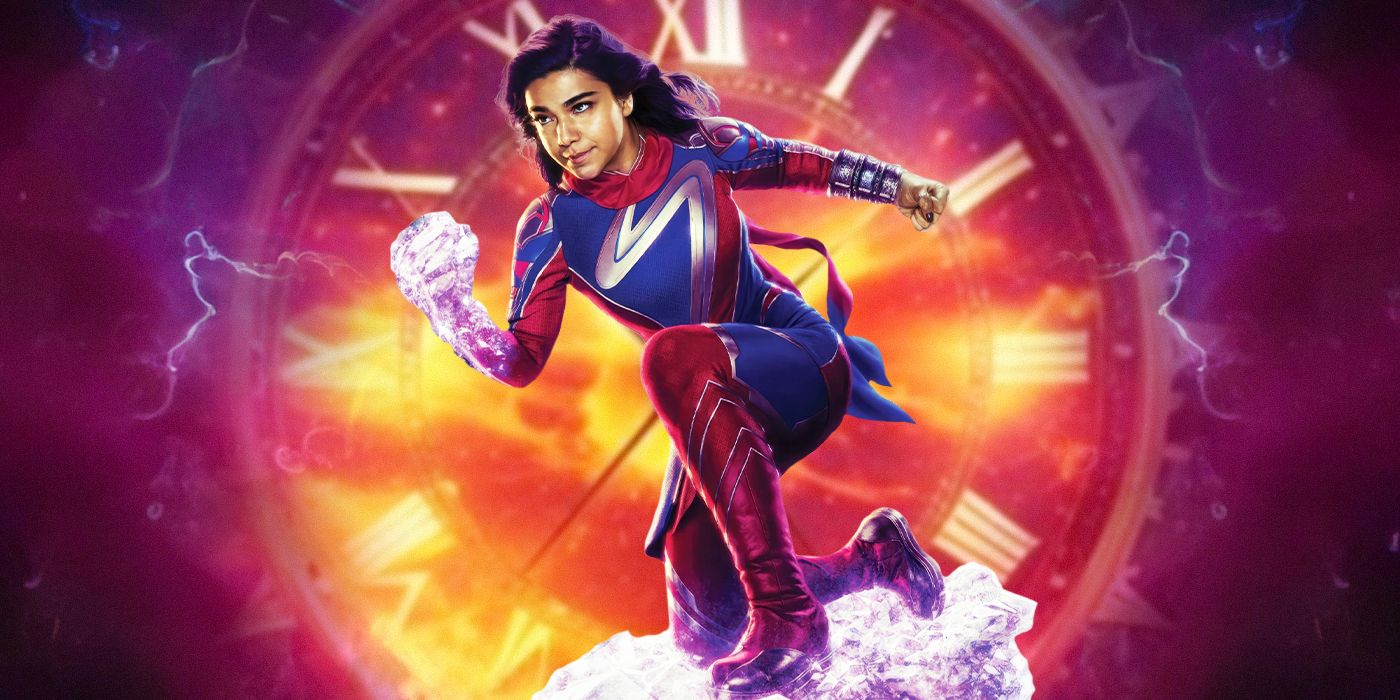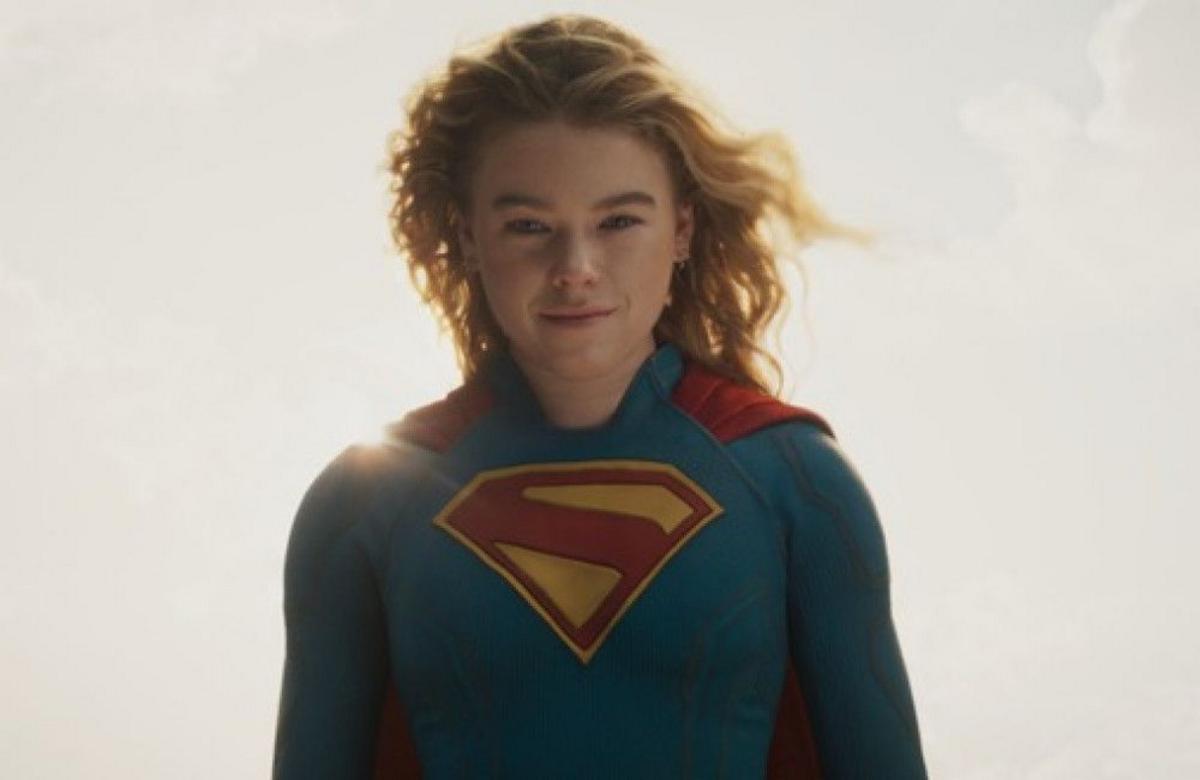Editor’s Note: The following contains spoilers for The Marvels.
The Big Picture
Recent Marvel Cinematic Universe movies have been especially enamored with leaving any semblance of the real world behind. Projects like Doctor Strange in the Multiverse of Madness and Ant-Man and the Wasp: Quantumania have left our world behind to explore the various levels of the multiverse. Meanwhile, Thor: Love and Thunder took its characters to the farthest corners of existence, while Eternals set its action-packed finale on an isolated volcano away from any normal people. The Marvels eventually leaves Earth behind to explore far-away planets where people sing all the time or Skrulls live in hiding. However, for some of its greatest scenes, the focus shifts to more down-to-Earth surroundings in New Jersey.
That might not be the go-to backdrop for a Marvel Studios title circa 2023, but it’s where Kamala Khan (Iman Vellani) and her family call home (as seen in the 2022 TV program Ms. Marvel). In these confines, viewers meet a collection of characters who inject some welcome everyday humanity back into this franchise. Unfortunately, Khan and her family aren’t around quite enough to fully bring the proceedings into tangible reality, but there’s just enough humor and character beats surrounding these compelling figures to make a discernible difference. In the process, one gets reminded of the ordinary souls that recent Marvel Studios titles have been disappointingly devoid of.

Carol Danvers gets her powers entangled with those of Kamala Khan and Monica Rambeau, forcing them to work together to save the universe.
Release Date November 10, 2023
Director Nia DaCosta
Cast Brie Larson, Samuel L. Jackson, Zawe Ashton, Iman Vellani
Rating PG-13
Runtime 105 minutes
Genres Superhero, Action, Adventure
Writers Nia DaCosta, Megan McDonnell, Elissa Karasik
Where Are All the Normal Folks in Modern Marvel Fare?
In a quest to make sure every Marvel Studios feature released in Phase Four and beyond is as big as Avengers: Endgame, this company’s movies have been staunchly committed to abandoning any and all traces of “ordinary” people from the franchise. Luis and other non-superpowered members of Scott Lang’s inner circle were absent from Quantumania, while Darcy only made a brief appearance in Love and Thunder. Practically everybody in Multiverse of Madness had some form of superpowers and Eternals ditched its only “average” human being character before its third act began. Compare that to earlier Marvel Cinematic Universe installments like Iron Man, Captain America: The First Avenger, or Spider-Man: Homecoming, where the primary focus was on just one superhero navigating existing as a person while having extraordinary abilities.
In these tales, Marvel Studios projects echoed the ethos of the classic Marvel Comics where larger-than-life figures grappled with issues (like social isolation, money woes, etc.) that the reader was going through. Even the various installments of the Guardians of the Galaxy trilogy (which focus on outlandish aliens existing on planets far removed from Earth) kept this spirit alive by emphasizing the vulnerable parts of characters like Nebula, Rocket, Drax, and others. They registered as relatable figures even if they didn’t look like anyone you’d run into in everyday life. That same kind of writing has not been applied to recent Marvel Studios outings, with films like Quantumania getting wrapped up in lore and sequel teases devoid of any emotional tissue people can relate to. Instead of making the preposterous tangible, these projects just turn potentially fun distractions into feeling like chores to watch.
The Marvels eventually succumbs to this problem in a finale that goes way too big for its own good. Once Earth’s sun is in jeopardy and some sort of hole in space-time gets ripped open, even the geekiest nerds in the audience will find themselves struggling to care. This whole situation is so big in scope yet devoid of any noticeable human consequences (we’re not shown how the sun being in danger impacts people in the solar system, for instance) that it feels weightless rather than intimidating. Long before that, though, The Marvels finds its best moments in juxtaposing the everyday suburban life of Khan’s family with wild sci-fi material from the Captain Marvel mythos. The joy of getting Kamala Khan’s perspective on all this heightened material is epitomized in an opening sequence picking up on the visual flourishes of Ms. Marvel. This use of endearingly crude drawings to represent Khan’s idealistic fanfiction of her and Carol Danvers/Captain Marvel meeting for the first time.
While the overpowered characters in Quantumania and Love and Thunder treat every seemingly major development in their world with nonchalance, Khan seems infectiously enthralled by the world of superheroics. She’s tangibly excited about helping people and working with her heroes! Already, this scene has plenty of energy and personality to spare, with both elements stemming from a recognizably realistic place. Kamala Khan is a teenager relatively new to the superhero game. She’s removed enough from the world of Avengers, Thanos, and other apocalyptic threats that it all still sounds so exciting to her. It’s a unique perspective grounded in being just an ordinary soul navigating a world that defies your imagination. Just from this descent into Khan’s doodles, The Marvels gets a lot of power leaning into the unique everyday POV of one of its lead characters.
The Khans Help the Plot of ‘The Marvels’ Feel Grounded
After this prologue, viewers get reacquainted with Kamala’s mother Muneeba (Zenobia Shroff), her father Yusuf (Mohan Kapur), and brother Aamir (Saangar Shaikh), a trio of characters with no superpowers whatsoever who get thrown into a cosmic battle when two Kree soldiers show up in their home. Not only is it neat to see some more ordinary people in a Marvel Studios movie again, but their presence lends some actual tension to the ensuing Kree skirmish. These are regular folks who don’t know what’s going on and don’t have immense superpowers that can wipe out alien invaders in the blink of an eye. That makes things suspenseful for this sequence while also ensuring that it’s actually quite exciting whenever they manage to fight back against these intruders.
Writer/director Nia DaCosta also wrings some amusing gags out of juxtaposing this trio of characters against the high-tech cosmic surroundings of the S.A.B.E.R. station that Nick Fury (Samuel L. Jackson) takes the group to. This is another valuable part of having regular humans in your cast — there’s an opportunity for amusing, relatable comedy in seeing them navigate heightened scenarios just like we would. Yusuf reacting poorly to just how fast S.A.B.E.R. tech moves or offering stock advice to one of the ancient members of Fury’s crew are especially amusing bits of grounded business missing from the most recent Marvel Cinematic Universe installments.
Alas, nothing good can last forever, and so The Marvels eventually shifts gears towards grand cosmic stakes that are hard to latch onto, since they get so dense in scale. Unsurprisingly, this is also the part of the plot where Khan’s family largely vanishes from the screen. Even Kamala’s most down-to-Earth tendencies get tampered down to make room for significant blockbuster movie stakes. For a little bit there, though, The Marvels found lots of fun in embracing the kind of ordinary souls recent Marvel Cinematic Universe films have eschewed. Hopefully, future movies in this saga focus on more characters like the Khan family and less on larger-than-life cosmic entities like the Quantum Realm or Kang.
The Marvels is out in theaters now.







![RHOSLC Cast’s Feud With Monica Garcia Explained [VIDEO] – TVLine RHOSLC Cast’s Feud With Monica Garcia Explained [VIDEO] – TVLine](https://tvline.com/wp-content/uploads/2023/11/BravoCon-RHOSLC-Monica-620x420-still.jpg)